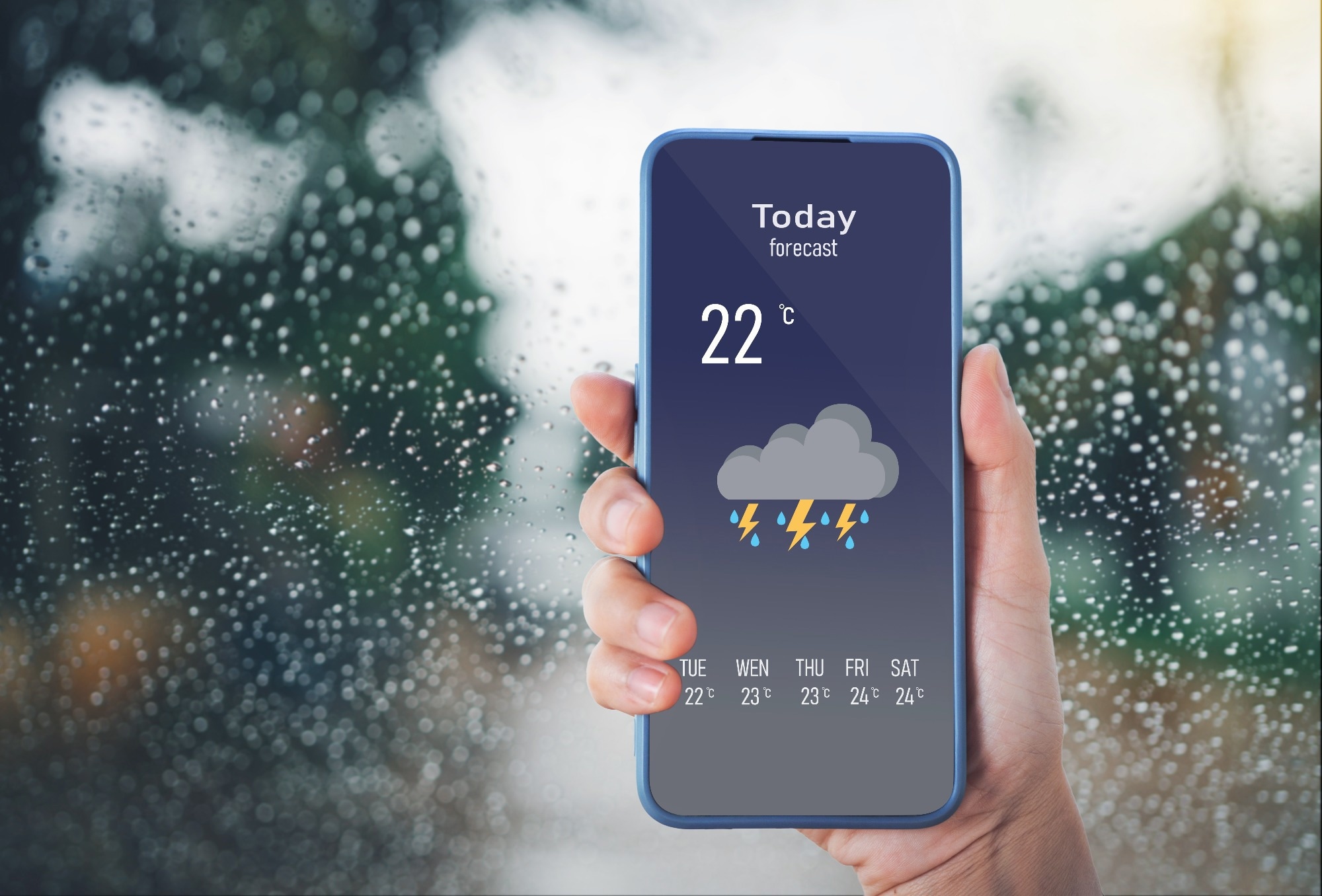In a paper published in the journal Remote Sensing, researchers tackled the challenges of quantitative precipitation estimation (QPE) using weather radar. The study used dual-polarization radar data to enhance the traditional Z–R relationship, which often lacks accuracy in complex meteorological conditions.
 Study: ML Boosts Rainfall Prediction Accuracy. Image Credit: nednapa/Shutterstock
Study: ML Boosts Rainfall Prediction Accuracy. Image Credit: nednapa/Shutterstock
The research analyzed polarimetric variables to capture intricate patterns in the Z–R relationship by applying tree-based machine learning (ML) algorithms, including random forest (RF) and gradient boosting (GB). The findings demonstrate that ML can significantly enhance precipitation estimation accuracy, especially in challenging weather scenarios. Integrating meteorological insights with advanced ML represents a significant step forward in precipitation estimation methods.
Related Work
Past research underscores the significance of quantitative precipitation estimation (QPE) in hydro-meteorological sciences, particularly in areas like Western Paraná, Brazil, where accurate rainfall prediction is crucial for hydroelectric energy production and community safety. Despite the broad applicability of the Z–R relationship in converting radar reflectivity to rainfall rates, its limitations, exacerbated by factors such as raindrop size variability and radar signal issues, necessitate novel approaches for improved estimation.
Research Methodology Overview
The research methodology comprises four distinct phases: data collection, data preprocessing, feature engineering, and model development and evaluation. In the data collection phase, primary data was obtained from a dual-polarization weather radar system complemented by a network of 36 rain gauges. These data sources offer detailed atmospheric information, which has been crucial for understanding precipitation events over several years in the region.
The radar system captures data with high granularity, while rain gauges provide additional ground truth measurements. These data form the basis for subsequent analysis and model development. In the data preprocessing phase, several critical steps were undertaken to ensure the integrity and reliability of the meteorological data. The team applied techniques such as distance filtering, handling missing data, and polarimetric variable selection.
These steps aimed to refine the dataset for accurate analysis by removing irrelevant data and addressing missing values. Additionally, consistency checks were performed between radar reflectivity measurements and rain gauge data, ensuring data integrity across different sources. These preprocessing steps laid the groundwork for subsequent machine learning model training and validation. Feature engineering enhances machine learning model performance in meteorological applications, particularly precipitation estimation.
Key variables such as horizontal reflectivity, differential reflectivity, specific differential phase, and co-polar correlation coefficient were carefully selected based on their relevance to the collected data and study objectives. Altitude and distance from the radar were also incorporated as critical features to account for variations in elevation and radar beam dispersal.
These variables underwent preprocessing to ensure their compatibility and relevance to the predictive models, ultimately enhancing the accuracy of quantitative precipitation estimates. The model development phase employed a hybrid approach combining RF and GB techniques to improve quantitative precipitation estimation. This approach involved classification and regression tasks, initially distinguishing between 'rain' and 'no rain' events using thresholds based on precipitation values and subsequently estimating precipitation intensity in 'rain' data.
The analysts chose RF and GB methods because they perform exceptionally well in handling complex meteorological data. The model's performance was evaluated using statistical metrics such as root mean square error, mean absolute error, and Kling–Gupta efficiency, comparing its predictions with ground-truth observations from the test dataset and theoretical Z–R models.
Enhancing Precipitation Estimation
The research delved into developing and evaluating machine learning models for precise precipitation estimation, which is important for various applications like weather forecasting and water resource management. The methodology involved a hybrid approach combining classification and regression techniques to categorize meteorological events as "rain" or "no rain" and subsequently estimate precipitation intensity.
The models demonstrated remarkable performance by tuning hyperparameters and employing algorithms like RF and GB, achieving high accuracy in classification and regression tasks during the validation and test phases. Moreover, the study compared the hybrid models with traditional Z–R relations and observed consistent superiority, affirming the effectiveness of the proposed approach in accurately estimating precipitation conditions.
However, the analysis also revealed challenges in accurately estimating intense rainfall events, particularly in scenarios with sudden changes in precipitation levels. Factors such as distance from meteorological stations to radars and the complexity of polarimetric parameters influenced the models' accuracy, highlighting the need for continuous refinement. Despite achieving impressive results, discrepancies between observed data and model estimates underscored the importance of addressing technical limitations and improving model robustness to capture temporal dynamics accurately.
Overall, the research provided valuable insights into enhancing precipitation estimation methodologies, emphasizing the ongoing efforts to optimize model performance and address real-world meteorological complexities.
Conclusion
In summary, this research improved precipitation estimation by integrating radar and rain gauge data using machine learning. Combining classification and regression techniques, hybrid models showed significant accuracy improvements, especially in datasets with high missing values. GB proved more robust than random forest in various precipitation scenarios, surpassing traditional meteorological standards.
Sensitivity analysis provided insights into adaptability to different rainfall intensities, guiding future research. Evaluation across diverse regions and exploration of advanced neural network models like convolutional neural networks were suggested for further enhancement. This study highlighted machine learning's potential in meteorology, with implications for disaster management, water resource optimization, and meteorological nowcasting.